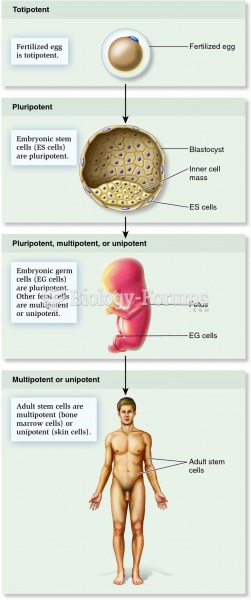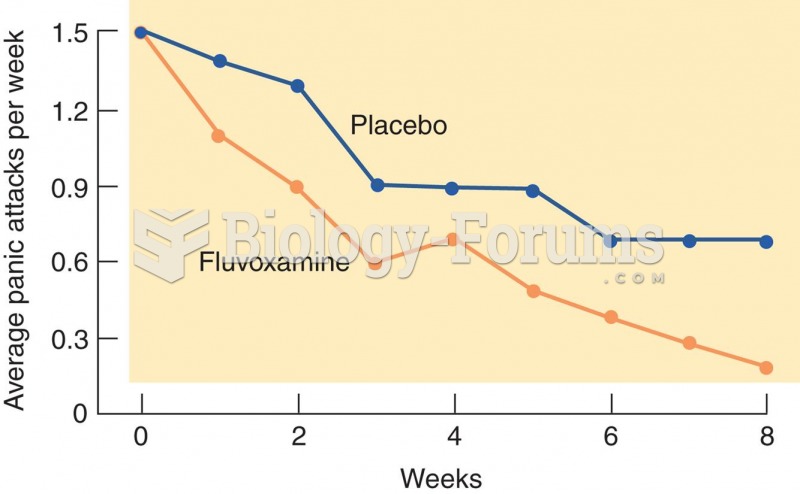Answer to Question 1
Longitudinal studies have found that ADHD leads to ODD and CD rather than vice versa (Thapar et al., 2006). Interestingly, persistent and severe ODD and CD outcomes among children with ADHD are related to variations in. a specific gene (COMT) known to be associated with the regulation of neurotransmitters in the areas of the brain implicated in ADHD. These findings suggest the existence of a subgroup of children with ADHD who are at biological risk for later developing conduct problems (Caspi et al., 2008). Finally, ADHD is also a risk factor for the later development of antisocial personality disorder (APD) (Storeb & Simonsen, 2013), a pervasive pattern of disregard for, and violation of, the rights of others, as well as involvement in multiple illegal behaviors.
Answer to Question 2
As many as 20 to 30 of young people with ADHD experience depression (Daviss, 2008; Spencer et al., 2000), and even more will develop depression or another mood disorder by early adulthood (Fischer et al., 2002). Being diagnosed with ADHD between 4 and 6 years of age is a risk factor for future depression and suicidal behavior in adolescence, particularly for girls (Chronis-Tuscano, Molina, et al., 2010). These youths feel so sad, hopeless, and overwhelmed that they are unable to cope with everyday life. Depression lowers self-esteem; reduces interest or pleasure in favorite activities; increases irritability; and disrupts sleep, appetite, and the ability to think (Mick, Santangelo et al., 2000). Youths with ADHD have higher rates of suicidal ideation and deliberate self-harm than controls, although the highest risk for suicide is among those with ADHD with co-occurring depression and conduct problems (Pliszka, 2014). The association between ADHD and depression may be a function of the fact that family risk for one disorder increases the risk for the other. This suggests that depression in a child with ADHD is not due solely to the child's demoralization as a result of their ADHD symptoms







